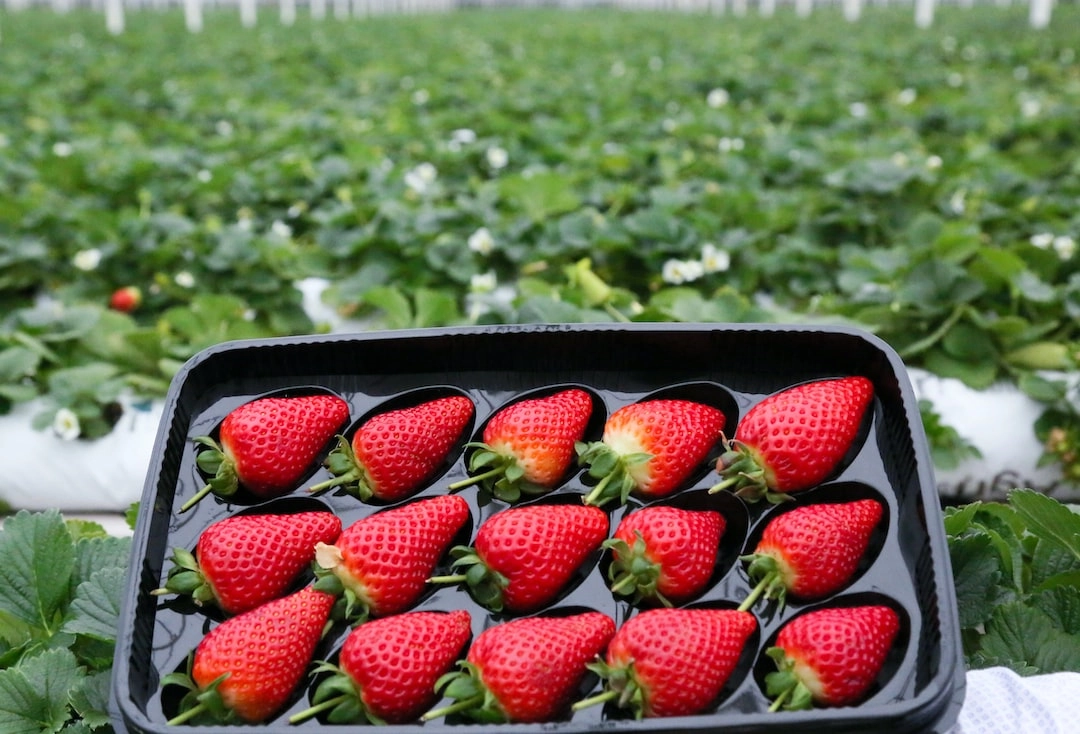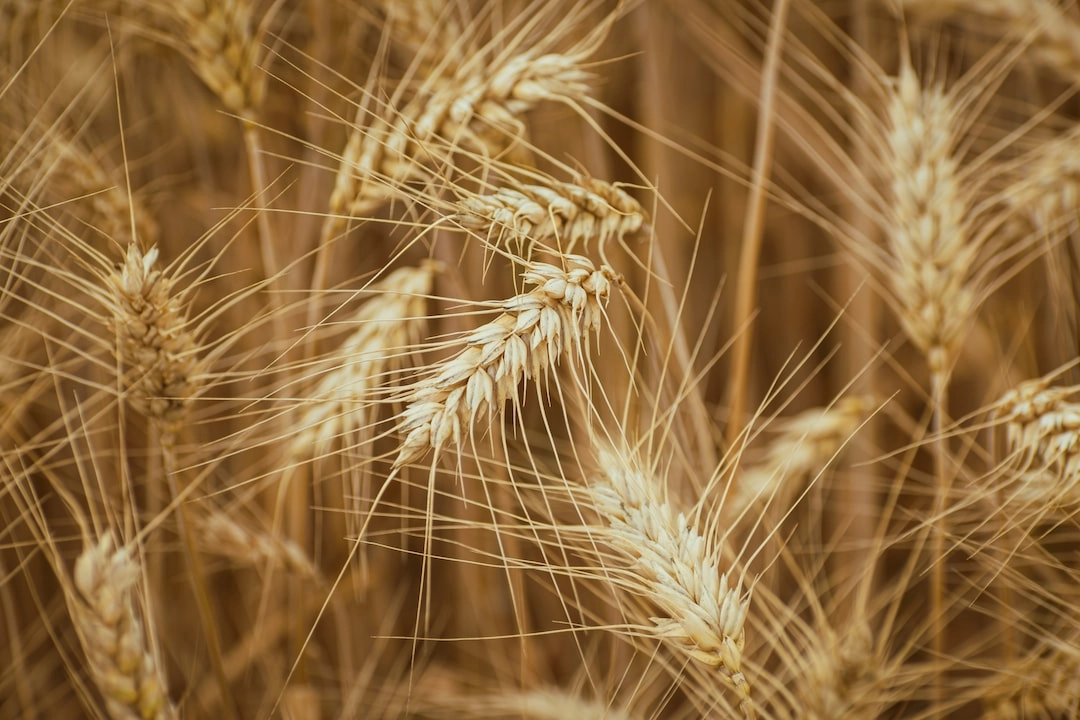What is Biodynamic Farming?
Biodynamic farming is an innovative and holistic approach to agriculture that takes into account the interconnection between the soil, plants, animals, and the surrounding ecosystem. It goes beyond the idea of organic farming by incorporating the spiritual and mystical dimensions of nature. Biodynamic farmers strive to create a self-sustaining and harmonious farm system, working in harmony with the cycles of nature and using natural resources wisely.
Real-World Problems Associated with Biodynamic Farming
While biodynamic farming offers numerous benefits, it is not without its challenges and limitations. Understanding these problems can help us address them and further improve the practice. Here are a few real-world problems associated with biodynamic farming:
1. Certification and Standardization
Biodynamic farming practices may vary from one farm to another, as there is no fixed set of standards and guidelines for certification globally. This lack of standardization can lead to confusion among consumers and make it difficult to compare and evaluate biodynamic products.
2. Accessibility and Affordability
Implementing biodynamic farming methods often requires significant investments in resources, including time, labor, and finances. Small-scale farmers, especially those in developing regions, may find it challenging to access the necessary knowledge, training, and financial support to adopt biodynamic practices.
3. Practical Implementation
Biodynamic farming involves intricate practices such as using specific herbal preparations, timing activities based on celestial calendars, and creating a diverse ecosystem on the farm. Implementing these techniques can be labor-intensive and require specialized knowledge, which may pose practical challenges for some farmers.
4. Market Demand and Consumer Awareness
Although the demand for organic and sustainable products is growing, biodynamic products still represent a niche market. Educating consumers about the benefits and principles behind biodynamic farming is crucial to increase awareness and demand, which can be a challenging task.
In Conclusion
Biodynamic farming has gained recognition for its holistic approach and benefits to the environment and food systems. However, it is important to address the real-world problems associated with it. Through collaborative efforts, including the development of standardized guidelines and increased accessibility, we can overcome these obstacles and further promote the adoption of biodynamic farming for a sustainable and regenerative future.

Solutions to Real-World Problems of Biodynamic Farming
While biodynamic farming faces challenges, several solutions can help overcome these obstacles and promote its adoption on a larger scale:
1. Standardization and Certification
Developing globally recognized standards and certification processes for biodynamic farming can ensure consistency and credibility. This includes defining specific guidelines for practices, certification criteria, and labeling requirements. Collaborative efforts among biodynamic organizations, farmers, and regulatory bodies can help establish these standards.
2. Knowledge Sharing and Training
Providing accessible and affordable training programs, workshops, and resources can empower farmers, especially small-scale and developing region farmers, to learn and adopt biodynamic techniques. Initiatives such as farmer-to-farmer mentorship and knowledge exchange platforms can facilitate the sharing of successful practices and experiences.
3. Practical Support and Financial Assistance
Governments, organizations, and agricultural bodies can offer financial support, grants, subsidies, and low-interest loans to farmers interested in transitioning to biodynamic farming. Additionally, establishing partnerships with research institutions and biodynamic experts can provide practical guidance and assistance to farmers during the implementation process.
4. Consumer Education and Demand
Raising awareness among consumers about the principles and benefits of biodynamic farming is vital. Collaborative marketing campaigns, educational initiatives, and labeling systems can help communicate the value of biodynamic products. Engaging with consumers through social media, community events, and farm visits can create a direct connection and generate demand.
In Conclusion
By implementing solutions such as standardization, knowledge sharing, practical support, and consumer education, we can overcome the real-world problems associated with biodynamic farming. These efforts will contribute to the widespread adoption of biodynamic practices, leading to more sustainable and regenerative farming systems for the benefit of the environment, farmers, and consumers.













